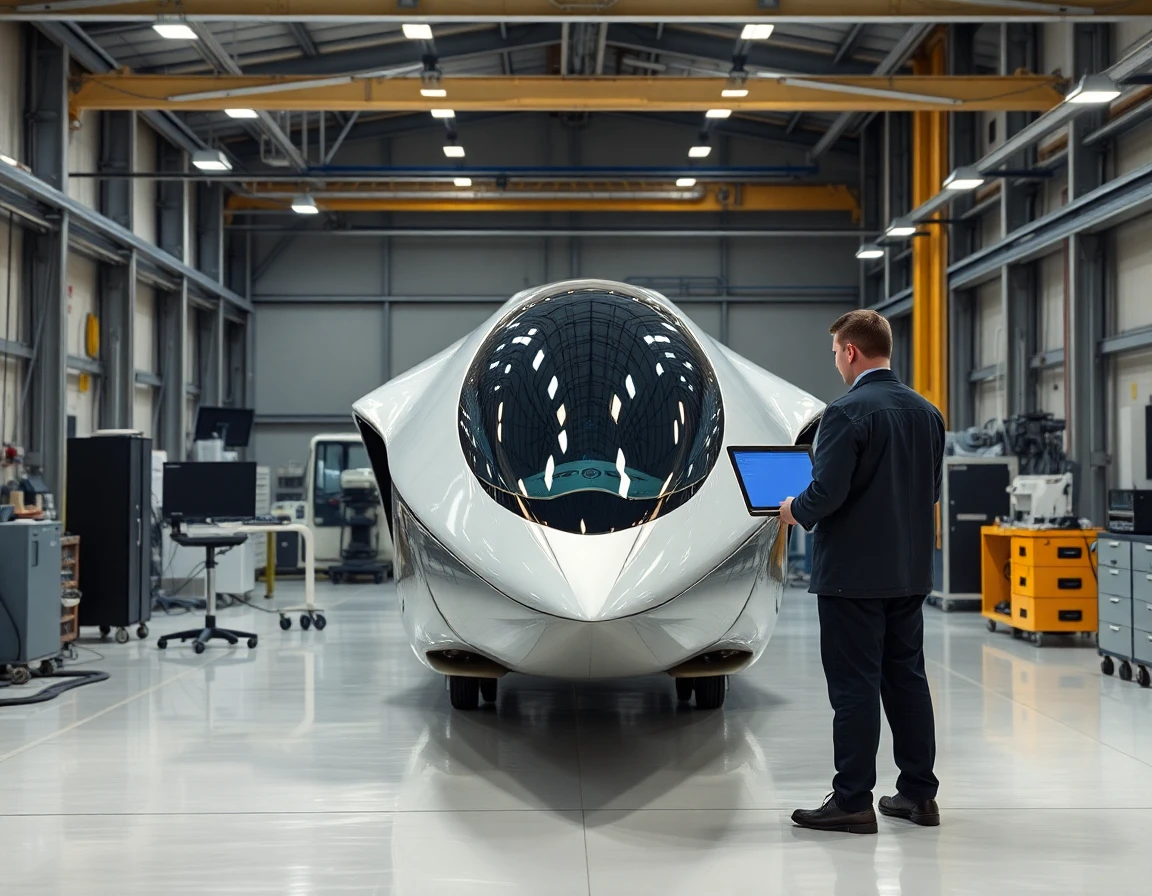The realm of aerospace and defense is witnessing a seismic shift with the advent of hypersonic technology. This cutting-edge innovation promises to revolutionize military capabilities by enabling vehicles to travel at speeds exceeding Mach 5—five times the speed of sound. As nations across the globe race to develop and integrate hypersonic systems into their arsenals, understanding the implications and technical specifications of this technology becomes paramount.
Understanding Hypersonic Technology
Hypersonic technology encompasses vehicles and weapons that operate at speeds greater than Mach 5, characterized by unique aerodynamic and thermal challenges. Unlike traditional ballistic and cruise missiles, hypersonic glide vehicles (HGVs) can maneuver during flight, making them difficult to detect and intercept with current defense systems.
Technical Specifications and Design
Hypersonic systems require advanced materials to withstand extreme temperatures generated during flight. For instance, the use of carbon-carbon composites and ceramic matrix composites is essential in constructing airframes capable of enduring the heat of hypersonic speeds. Moreover, the integration of sophisticated guidance and control technologies ensures that these vehicles can maintain stability and accuracy throughout their trajectory.
A pivotal component in ensuring precise navigation in these high-speed systems is the Advanced Sensor Module (Model: JDWZZ3430D). This device features a nine-degree-of-freedom MEMS IMU, integrating a three-axis gyroscope, accelerometer, and magnetic sensor, providing exceptional stability and comprehensive motion sensing capabilities—critical for hypersonic technology applications.
The Race for Hypersonic Dominance
Countries like the United States, China, and Russia are heavily investing in hypersonic research and development. In recent months, the U.S. Department of Defense has accelerated its hypersonic programs, recognizing the strategic advantage these technologies can provide in future conflicts. In 2022, the Pentagon allocated significant funding to develop the Conventional Prompt Strike program, aiming to deploy hypersonic missiles from naval platforms.
Industry Perspectives
According to Dr. Emily Hart, an aerospace engineer at the National Defense University, “The development of hypersonic technology is not just about speed; it’s about redefining the battlefield. These systems can penetrate advanced enemy defenses and strike targets with little to no warning.”
Similarly, General Richard D. Clarke, a leading figure in the U.S. military, emphasized, “Investing in hypersonic capabilities is essential to maintaining our strategic advantage. As adversaries enhance their missile defense systems, hypersonic technology offers a new avenue for effective deterrence.”
Impacts on Defense Strategies
The introduction of hypersonic weapons into military arsenals will significantly alter defense strategies worldwide. The ability to strike swiftly and with precision necessitates an evolution in radar systems and early-warning capabilities. Traditional radar technology may struggle to detect hypersonic vehicles due to their speed and maneuverability, prompting a need for advanced tracking systems.
For instance, incorporating next-generation radar systems capable of tracking fast-moving objects will be critical for nations looking to defend against hypersonic threats. These systems must integrate artificial intelligence for predictive analysis and real-time data processing to counter the challenges posed by hypersonic speeds.
Future Developments and Challenges
While the advancements in hypersonic technology are promising, several challenges remain. The high costs of research and development, along with the need for international collaboration to establish norms and regulations, are hurdles that need addressing. Furthermore, the environmental impact of hypersonic flight is an emerging concern that necessitates further investigation.
As countries continue to innovate, the potential for dual-use technologies—those that can be applied in both civilian and military contexts—will expand. Companies investing in hypersonic research may pave the way for advancements in commercial air travel, reducing flight times across the globe.
Conclusion
Hypersonic technology stands at the forefront of modern defense innovation, heralding a new era in military capabilities. As nations invest heavily in hypersonic systems, the implications for global security and military strategy are profound. The integration of advanced systems, such as the Advanced Sensor Module and next-gen radar technologies, will be crucial in navigating this new landscape.
As Dr. Hart aptly noted, the race for hypersonic supremacy is just beginning, and the stakes could not be higher. The future of warfare may very well be defined by who masters hypersonic technology first.



